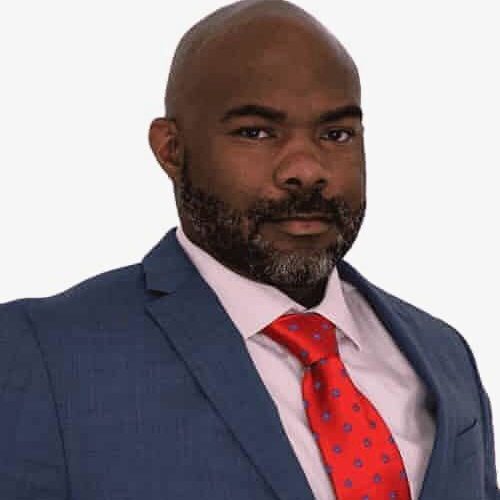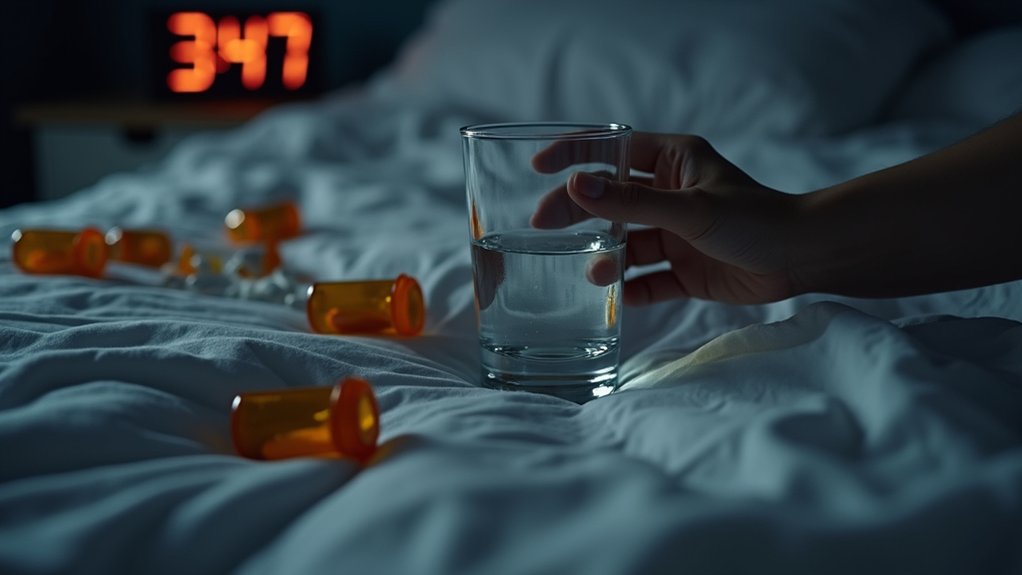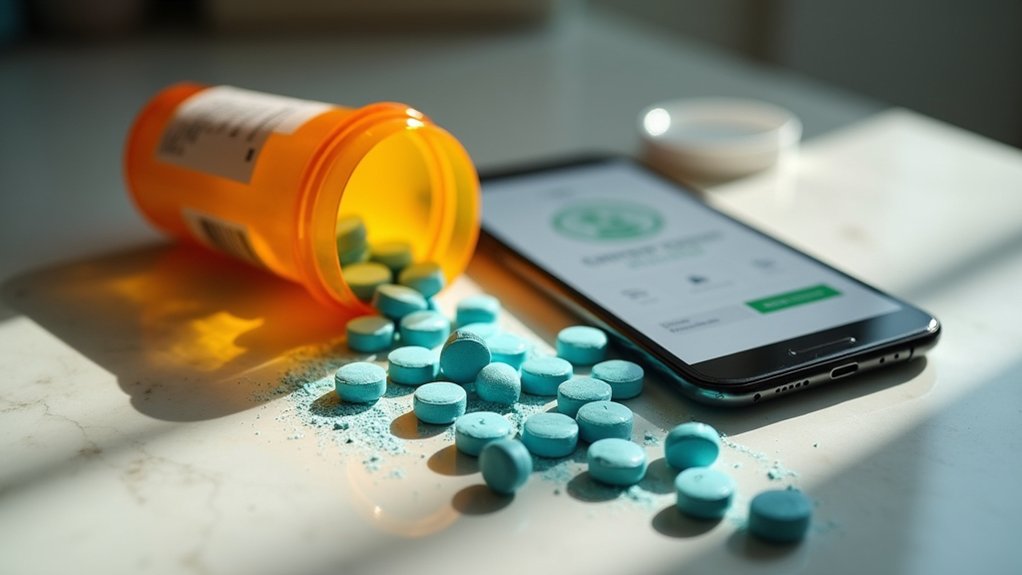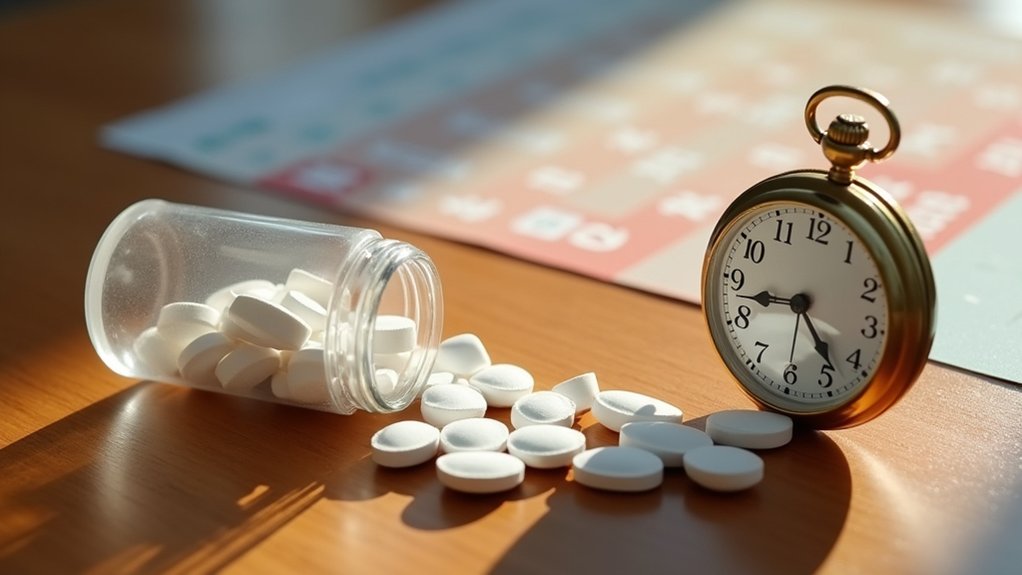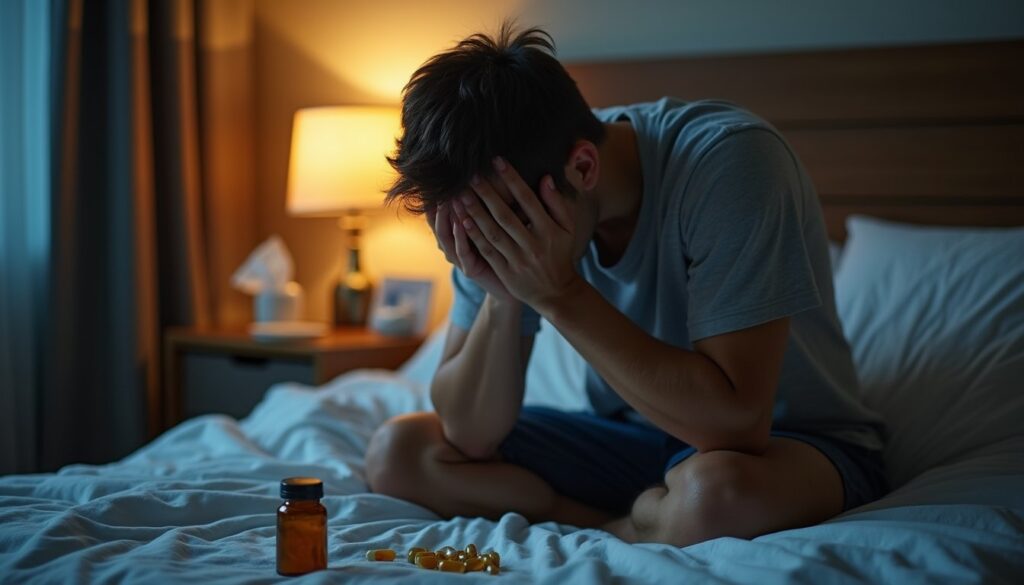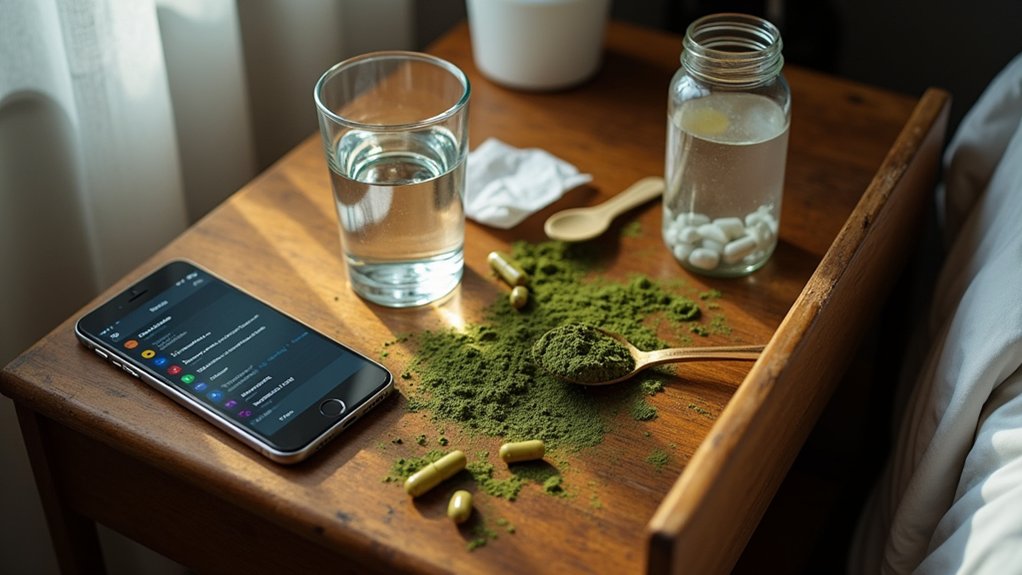Addiction treatment costs vary dramatically based on multiple key factors you’ll encounter in 2025. Inpatient programs range from $5,000 to $30,000+ monthly, while outpatient services cost between $1,400-$10,000. Your location greatly impacts pricing, with urban facilities charging premium rates. Program quality, amenities, and staff credentials drive costs higher, as luxury facilities can exceed $100,000 for 30-day stays. Insurance coverage also plays a vital role, with only 42% of providers accepting Medicare. Understanding these variables will help you navigate treatment options effectively.
Treatment Program Types and Their Price Ranges

When exploring addiction treatment options, you’ll find significant price variations across different program types, with costs primarily determined by the level of care and duration.
Inpatient programs represent the highest cost tier, ranging from $5,000 to $30,000+ for 30-day programs, with daily rates averaging $500-$650. Premium facilities exceed $20,000 monthly, offering luxury amenities and specialized therapies. Initial evaluations and intake procedures add admission fees between $3,000-$4,000. Medical staff focuses on helping patients understand and overcome addiction, though 24/7 medical care is typically not available. Longer stays of 60-90 days can reach $60,000+.
Outpatient services provide more affordable alternatives, with monthly costs between $1,400 and $10,000. These programs offer flexibility while maintaining treatment effectiveness for mild to moderate cases. Medical detoxification adds another cost layer, with inpatient detox starting at $1,750 and outpatient detox ranging from $250-$800 daily, varying based on substance type and monitoring requirements. Partial hospitalization programs offer a middle-ground option with daily costs averaging $350 to $450.
The Impact of Facility Quality on Treatment Expenses
Treatment facility quality plays a direct role in determining overall addiction recovery costs. When you opt for centers with luxury amenities like gourmet dining, private rooms, and spa facilities, you’ll typically encounter premium pricing. These upscale features, combined with specialized treatment options like equine therapy or trauma-informed care, greatly impact expenses. Rapid detox services can add $5,000 to $10,000 to the total treatment cost.
Staff expertise represents another vital cost factor. Facilities employing board-certified medical professionals, psychiatrists, and certified addictionologists command higher rates, especially with enhanced staff-to-patient ratios. Modern infrastructure, including state-of-the-art therapy tools and 24/7 medical monitoring systems, further elevates costs. For extended programs lasting 60-90 days, you can expect to pay between $20,000 and $60,000+, reflecting the thorough nature of treatment and the quality of care provided.
Geographic Location and Cost Variations
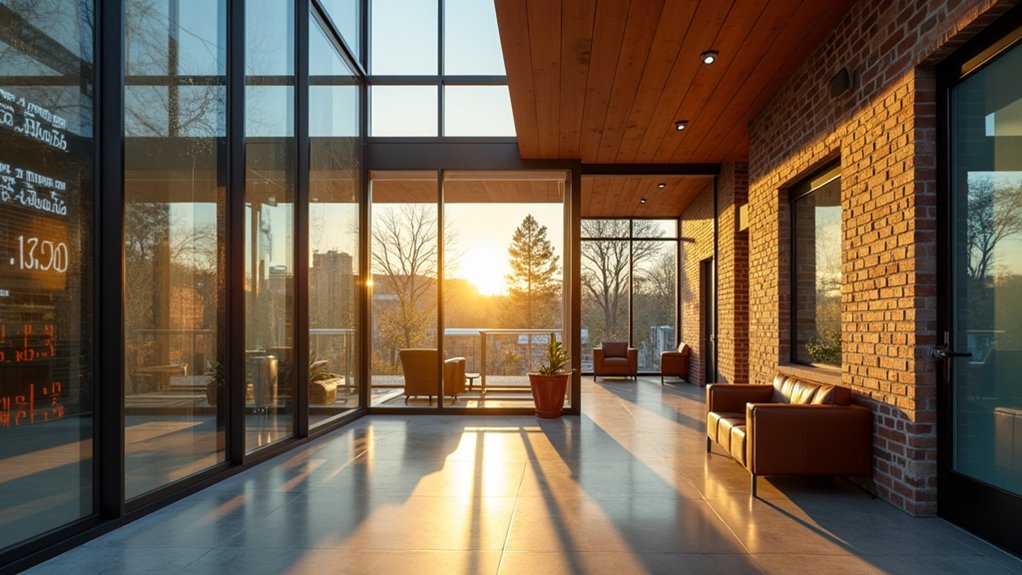
Geographic location stands as a primary determinant of addiction treatment costs, with stark variations between urban and rural settings. You’ll find urban pricing in cities like Los Angeles and San Francisco considerably higher due to increased operational costs and specialized programming. While rural access offers more affordable options, these facilities typically provide fewer advanced treatment modalities. Rural residents often face additional challenges as 72% of patients travel over 50 miles to access specialized treatment services. The cost difference is substantial, with luxury facilities potentially charging $30,000 to $100,000+ for a 30-day program. The recent service reductions due to HHS restructuring have further limited treatment options in many regions.
Location Cost Comparison | Service Availability
—|—
Urban Centers | Full spectrum of treatments, higher costs
Rural Areas | Basic services, limited specialists
Suburban Regions | Moderate pricing, mixed availability
Your treatment expenses will vary dramatically based on regional factors. For instance, luxury facilities in affluent areas like Malibu charge premium rates for amenities and specialized care, while rural centers might offer similar core services at one-third the cost. State-specific regulations and local labor markets further influence these geographic price variations.
Substance Types and Treatment Complexity Factors
Different substances demand vastly different treatment approaches, driving considerable cost variations across rehabilitation programs. Your substance classification considerably impacts costs, with opioid and alcohol detox protocols requiring intensive medical supervision at $3,000+, while marijuana and stimulant programs typically cost less due to reduced medical complexity. Geographic location also plays a major role, with urban treatment centers charging significantly higher rates. Sliding scale options are often available to help make treatment more affordable based on income levels. Many luxury facilities offer private rooms and resort-style amenities, pushing costs up to $80,000 monthly.
Treatment intensity also varies widely based on your needs. You’ll find 30-day inpatient programs ranging from $6,000 to $30,000, while extended 90-day stays can exceed $60,000. If you’re dealing with co-occurring disorders, expect additional costs of $5,000-$10,000 monthly for psychiatric services. Medication-assisted treatment adds another layer of expense, with options like Suboxone or monthly injectables ranging from $100-$2,500. Complex cases involving multiple substances often push outpatient costs to $10,000-$19,500.
Insurance Coverage and Payment Options

While substance-specific treatments drive baseline costs, insurance coverage considerably shapes your out-of-pocket expenses. Coverage disparities exist across payer types, with only 42% of providers accepting Medicare compared to 72% accepting private insurance. You’ll find significant variations in payment models, from ACA-compliant plans meeting parity requirements to cash-based options.
Your costs depend heavily on your insurance type. Medicare covers outpatient and IOP services but excludes residential treatment, while Medicaid coverage varies by state. Private insurance introduces additional variables through network restrictions, prior authorization requirements, and varying deductibles. Starting in 2025, insurers must provide equal treatment access between behavioral health and medical care services. With 38.6 percent of users developing a drug disorder, treatment access becomes crucial. If you’re seeking treatment, you’ll encounter different payment structures based on provider type, with OTPs and CMHCs facing distinct reimbursement limitations. Rural locations often present fewer in-network options, potentially increasing your expenses.
Length of Stay and Recovery Timeline Costs
Treatment duration greatly drives overall addiction recovery costs, with program lengths ranging from 30-day interventions to year-long residential care. You’ll find that costs escalate greatly as recovery phases extend, with short-term programs averaging $12,500 while long-term residential care can reach $80,000.
| Program Length | Cost Range |
|---|---|
| 30-Day Inpatient | $6,000-$30,000 |
| 60-90 Day Treatment | $20,000-$60,000 |
| 6-12 Month Residential | $42,500-$80,000 |
| Monthly Sober Living | $1,500-$2,000 |
| 8-12 Week IOP | $1,400-$10,000 |
Your treatment duration needs will depend on addiction severity and recovery goals. Daily rates average $575 for standard facilities, while extended stays may qualify for tiered pricing. Luxury programs charging over $2,000 daily greatly increase your total investment across all recovery phases. Research shows that IOP effectiveness matches inpatient treatment outcomes while offering significant cost savings.
Specialized Services and Additional Care Requirements
Beyond standard recovery programs, specialized addiction services greatly impact your total treatment costs. Dual diagnosis programs requiring integrated mental health care and specialized therapies can push monthly expenses beyond $20,000. Medical detox services alone range from $1,500 to $3,000 for a 5-7 day period, while trauma-informed care and forensic addiction programs add substantial costs due to their complex requirements.
You’ll find that holistic approaches and premium amenities in luxury facilities drive costs higher through enhanced services like gourmet meals and private suites. When you need medication-assisted treatment (MAT), expect additional expenses for prescription medications, monitoring, and medical oversight. Family therapy sessions and intensive outpatient programs (IOPs) further increase costs by requiring extended treatment durations and specialized therapeutic frameworks. Long-term residential care spanning 90 days typically costs around $49,819, making it one of the most expensive treatment options available.
Frequently Asked Questions
How Do Success Rates Correlate With Treatment Program Costs?
You’ll find a strong positive correlation between program costs and success metrics. Higher-priced programs typically achieve 70% completion rates compared to the 42% national average. Treatment efficacy increases with thorough services like MAT, specialized staff training, and extended care duration. Your investment in premium programs often translates to better outcomes through personalized care, dual diagnosis management, and advanced monitoring tools. Long-term success rates particularly improve with 6+ month treatment programs.
What Percentage of Patients Require Multiple Treatment Episodes?
You’ll find that a significant majority of patients require multiple treatment episodes, with relapse rates indicating only 42% complete initial programs successfully. Treatment duration plays an essential role; data shows patients who stay in treatment for 12+ months have better outcomes. However, you’re looking at approximately 58% of patients needing repeated care, with 22% directly transferring to ongoing treatment programs. These statistics underscore the cyclical nature of addiction recovery.
Are There Seasonal Price Fluctuations in Addiction Treatment Programs?
You’ll notice significant seasonal trends in addiction treatment pricing, with costs typically rising 15-25% during peak tourism periods and major events. Program availability drops by 30-40% in high-demand seasons, particularly in urban areas. You’ll find the highest rates during New Year’s and summer months, when facilities implement dynamic pricing models. Treatment centers often adjust their fees based on bed capacity, with some programs charging up to 50% more during peak periods.
How Do International Treatment Costs Compare to U.S. Programs?
You’ll find that U.S. addiction treatment programs typically cost 30-40% more than their international counterparts. This difference stems from the U.S.’s reliance on private insurance and out-of-pocket payments, while many other countries offer government-subsidized care. Treatment accessibility varies greatly; you’ll see more telehealth options internationally, particularly in the UK, which helps reduce costs. The Asia-Pacific region’s expanding treatment centers and public funding initiatives also keep prices lower than U.S. programs.
What Role Does Patient Age Play in Treatment Pricing?
Your age greatly impacts treatment costs. For adolescents, you’ll face higher prices with residential programs averaging $26,000/month, while adult outpatient care costs around $2,228. Age demographics also affect insurance coverage if you’re under 20, you’re more likely to pay upfront due to limited state funding. Treatment preferences vary too, with older adults typically accessing more cost-effective dual-diagnosis programs, while youth services require specialized, age-appropriate therapies costing about $4,939 per episode.

